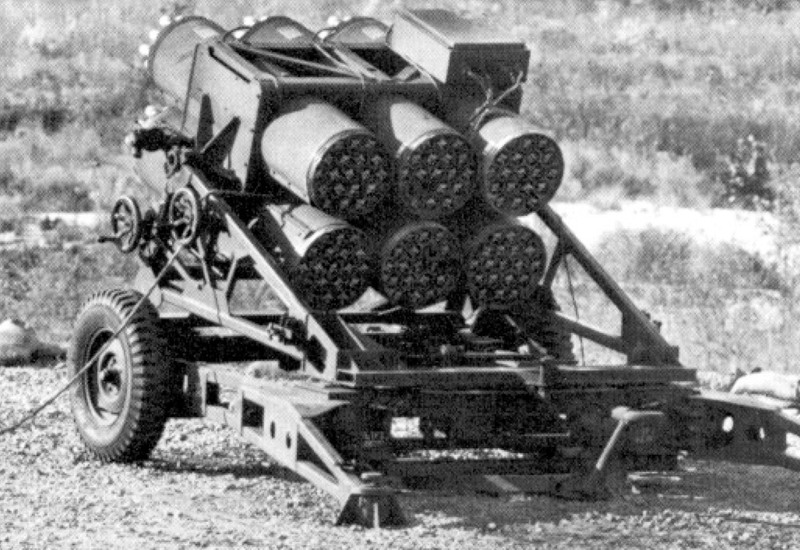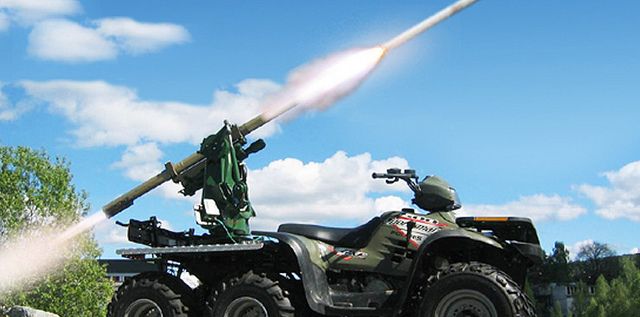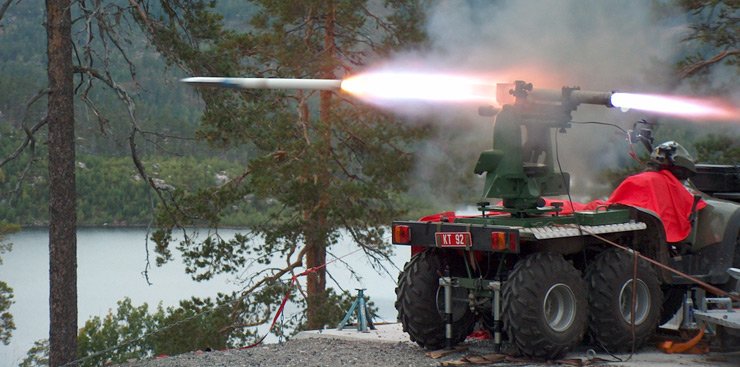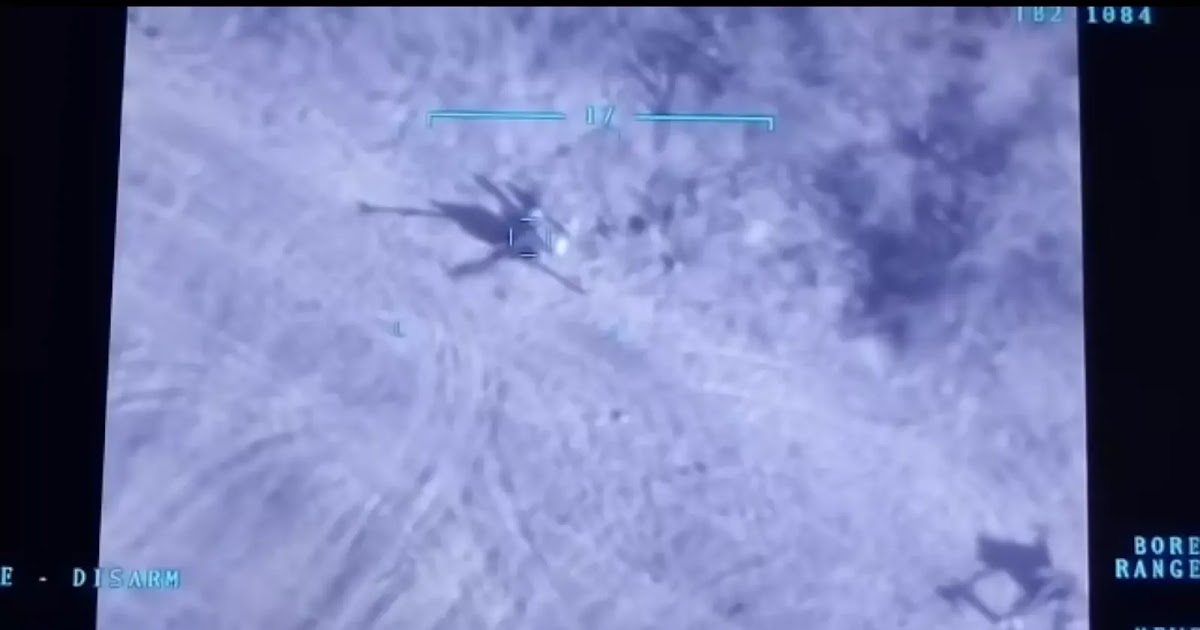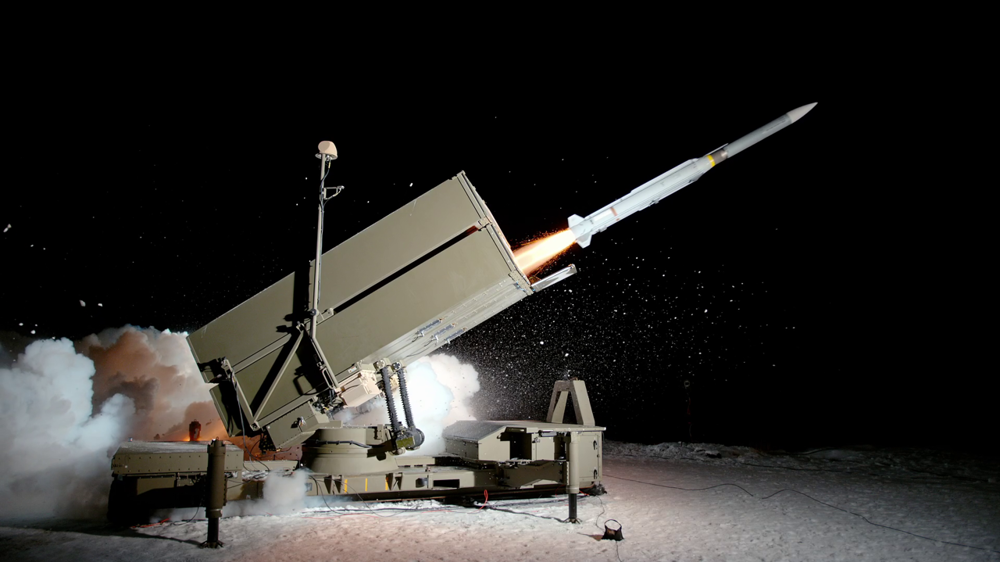- Reaction score
- 22,821
- Points
- 1,260
I would suggest that is currently due to no real counter battery aspect of recent conflicts.From the video I've seen of the Archer, the loading is done on a platform extending out of the ammo limber to the side of the gun where a relatively light hatch opens up to provide access for loading - it is not like the protected turret of the Paladin. And in fairness many, if not most of the US arty bns, remove the transfer conveyor from the M992 in favour of backing the M992 close to the back of the Paladin and passing the rounds and powder through the unarmoured space between the two vehicles.
I suspect if the crews had a threat - they'd be doing everything they could to stay under armor.
I guess it depends on if we are planning on peer/near peer threats - or just a cool toy for the Stryker Brigades.I imagine one could design an armoured load bed with platform that has a decent level of ballistic protection around it. Betcha its not a high priority on anyone's agenda. Nonetheless the low number of on-board rounds severely limits the weight of fire that one gun can produce before it has to go out of action for a reload. That essentially means juggling the mission to another gun or guns. That's quite possible and that's what artillery is all about--massing fires across the AO--but still a limitation that needs to be factored in.

I am concerned a lot of planning of late isn't paying attention to the effects that can occur in a peer/near peer conflict at the low levels - and only on the #'s and goals at a high level -- which builds an empty pyramid that isn't stable or robust and falls at first conflict.


